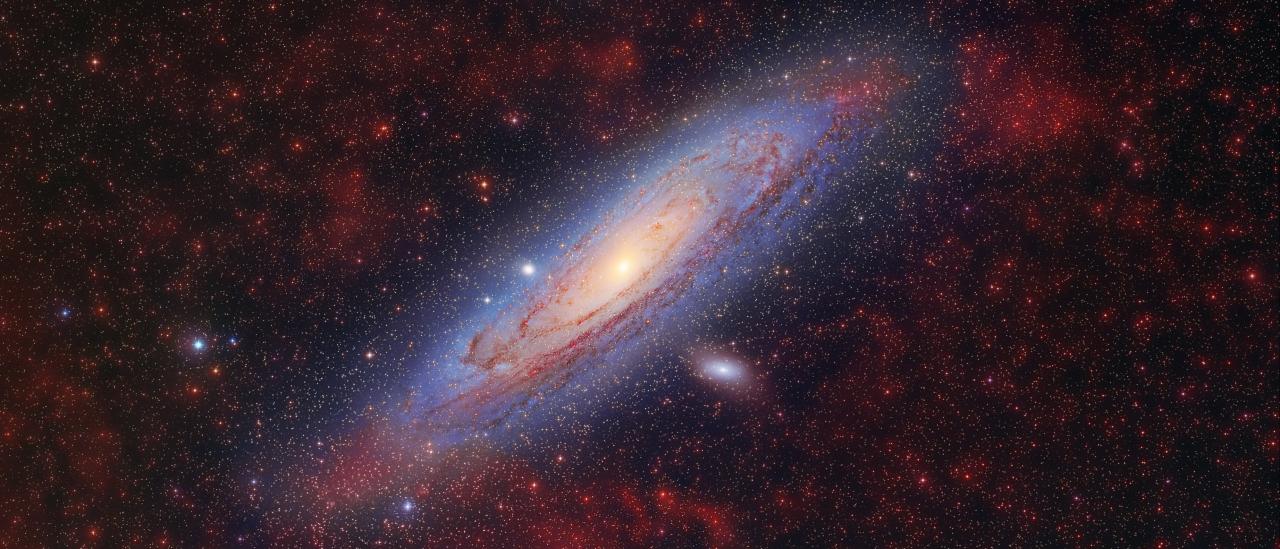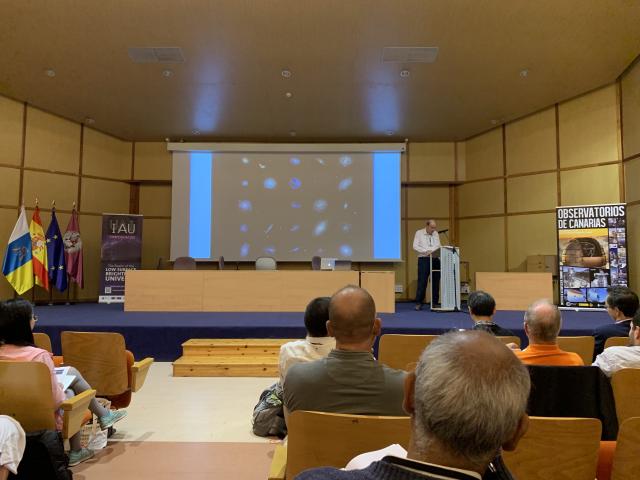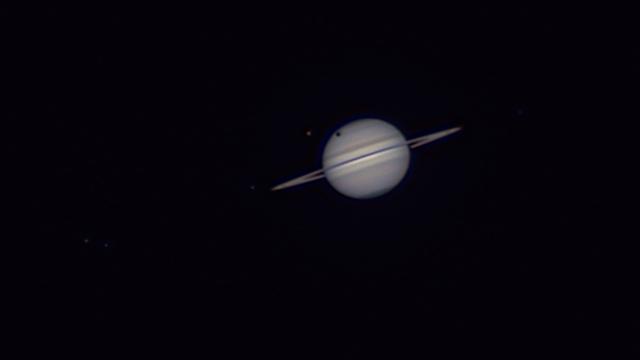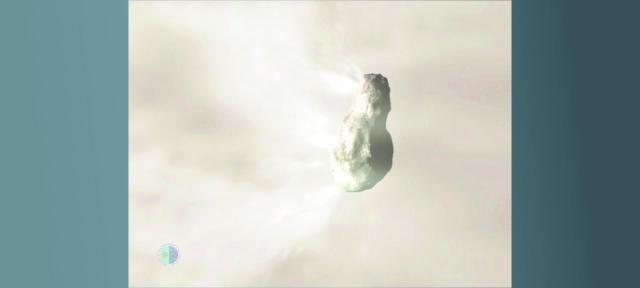Less than a century ago, the great astronomers Harlow Shapley and Herber D. Curtis (1920) still debated whether the whole Universe was limited to our Galaxy, where those recently observed "spiral nebulae" were to be found within it or whether, on the contrary, they constituted distant stellar systems similar to the Milky Way as other "island universes". It was the astronomer Edwin Hubble who, using the method discovered by the astronomer Henrietta Leavitt based on Cepheid variable stars, determined the distance to the galaxy M31 and confirmed that it was indeed a stellar system like the Milky Way, but much further away.
The Andromeda galaxy, also known as M31, is the closest Spiral Galaxy to our own, the Milky Way. With approximately one billion stars, it is located 2.5 million light years away, so the photons recorded in this image departed from it when hominids were still evolving in South Africa. Interestingly, their light takes less and less time to reach us, as M31 approaches at a speed of 300 km/s and will collide with the Milky Way shortly before the Sun dies.
Andromeda is the largest of the three spiral galaxies in the Local Group, our galactic neighbourhood, and its size in the sky is very considerable: more than three degrees equivalent, in our particular unit of measurement, to almost seven full Moons aligned. It is a pity that our eyes do not allow us to distinguish more than its brilliant nucleus. Yet it is the farthest object in the Cosmos that we can see without the aid of instruments from especially dark places. The image also shows two Elliptical Galaxies (M110 and M32) that are orbiting the Andromeda galaxy and are also part of the fifty galaxies that make up the Local Group. In the foreground, there are about 80,000 individual stars and very red regions (HII regions) belonging to our own galaxy and which are simply in line of sight. However, a few bright points (a few tens) correspond to globular clusters orbiting M31.
In the stellar map the region covered by the sky has been indicated by means of a red square. It is curious that, without the help of instrumentation, only two of the brightest stars (indicated in the image) are visible, and the nucleus of M31 is "intuited".
The image is the result of adding 18 exposures of 600s in each of the 3 wide filters R(red), G(green) and B(blue), plus 14 exposures of 1,800s in the narrow filter Hα with the Sky Treasure Chest (STC) Astrograph of the UC3. Author: D. López ©IAC
The image is the result of adding 18 exposures of 600s in each of the 3 wide filters R(red), G(green) and B(blue), plus 14 exposures of 1,800s in the narrow filter Hα with the Sky Treasure Chest (STC) Astrograph of the UC3. Author: D. López ©IAC



